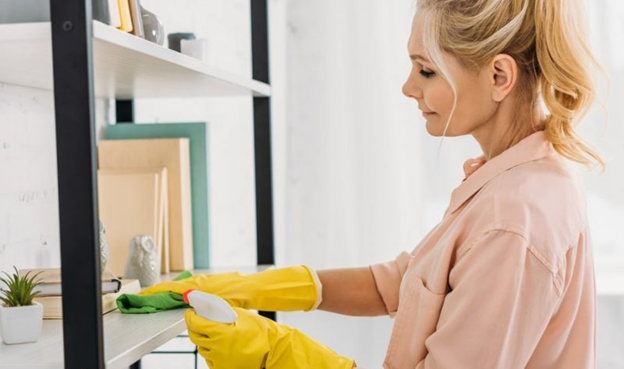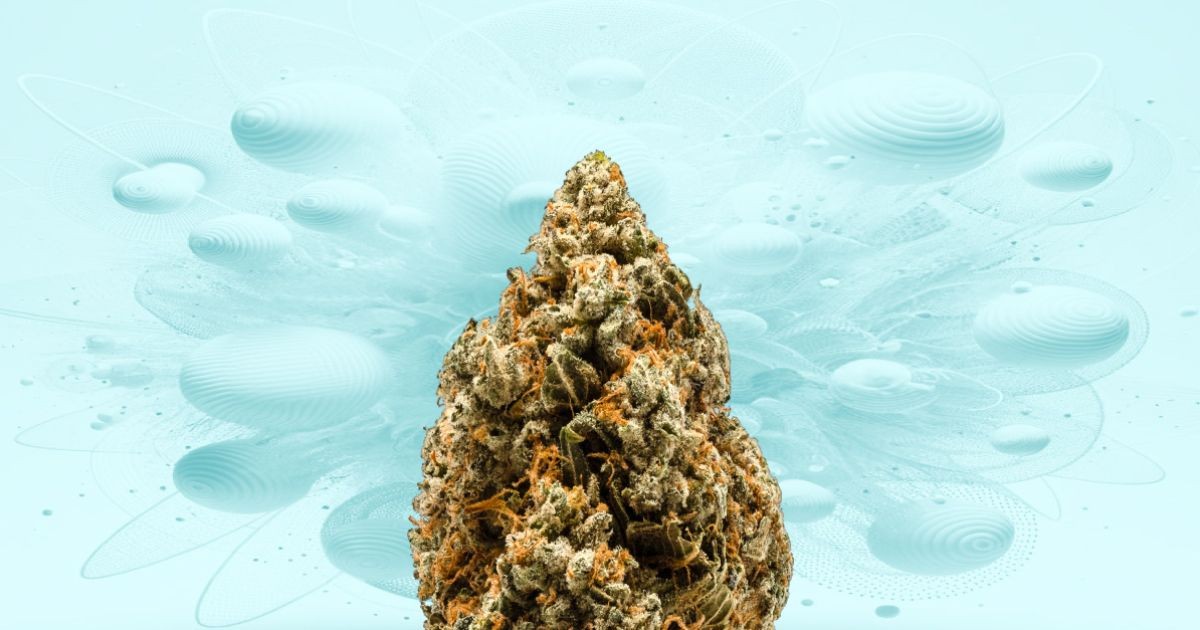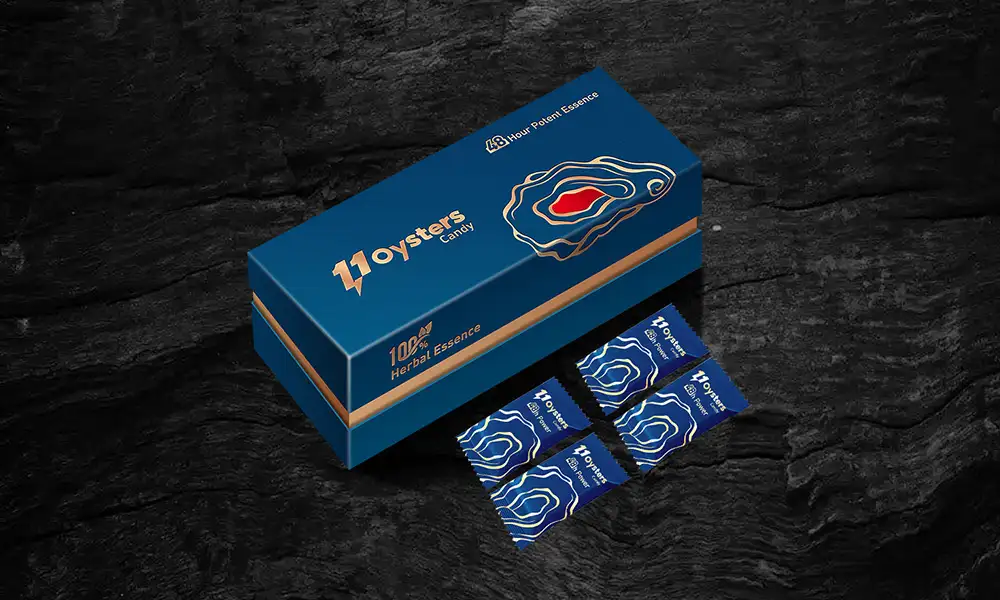
Having a head lice has to be one of the most irritating experience given the constant itchiness on the scalp. Contrary to popular belief, it is not caused by poor hygiene. It simply happens when someone gets infested by them. The itchiness is a result of an allergic reaction to louse saliva. Depending on a person’s sensitivity to their saliva, the severity of itchiness will vary. Other symptoms include a tickling sensation of something moving on your head, red bumps, difficulty sleeping and the appearance of lice eggs that look like a small white object on a hair strand. The following are the common causes of lice infestation:
1) It is caused by tiny insects called Pediculus humanus capitis.
They are wingless, have three pair of legs and are whitish to greyish. Their mouth has six hooklets to allow them to attach onto the human skin during feeding. They are as tiny as 1-2 mm only which makes them more visible through a magnifying glass.
2) They need to feed 5 times a day and will die within two days without food.
Most importantly, they feed exclusively on human blood. This means they do not spread via other animals. A lice will inject its saliva during the feeding process to avoid blood from clotting. However, this gives a rise to an allergic reaction to the host. Thankfully, they do not transmit any disease to the host.
3) They have the ability to travel up to 23 cm/min.
They cannot jump or move on smooth surfaces like glass or plastic. They crawl and usually get ejected up to one meter just by removal of head gear such as helmet, hat or a headphone.
4) They spread by close physical contact
Head-to-head contact or hair-to-hair contact makes up 90% of lice cases. Sharing a hug, sleeping together or even taking pictures or selfies increases the risk of being infested. Sharing of hairbrush, commonly believed to be the main cause of infestation is not entirely correct. This is because louse do not prefer to reside in hairbrush as they need blood in order to survive. Without blood, they will die within a day.
5) Poor communication makes it easier to spread.
When a person is infected with lice, it is very crucial to inform people who are in close contact to prevent its spread. No doubt it is worrying to face social ostracism. However, it will save everyone a great deal of trouble later on.
6) Overcrowded and closed group especially pre-school children are the easiest to be infested.
This is because children of this age are the ones who have more physical contact compared to other groups of children. It is the parents’ duty to notify the day care if their child is infested.
7) Warm weather increases the frequency of head lice.
Lice thrive very well in a humid and warm environment. Besides that, children tend to play together more often during this period, thus increasing the chance of a head-to-head transmission.
To get rid of them, there are several over the counter medications available. There are two types, mainly with or without pesticides. The ones containing pesticides are piperonyl butoxide with pyrethrins and permethrin lotion. The former can be used for children of two years old and above whereas the latter can be used in babies as young as two months old. Dimethicone is non-pesticide-based product that has been shown to be more effective compared to pesticide-containing products. While consuming these products, make sure personal items such as beddings and combs are cleaned up to prevent re-infestation.
For further information about lice you can click on the link below:




